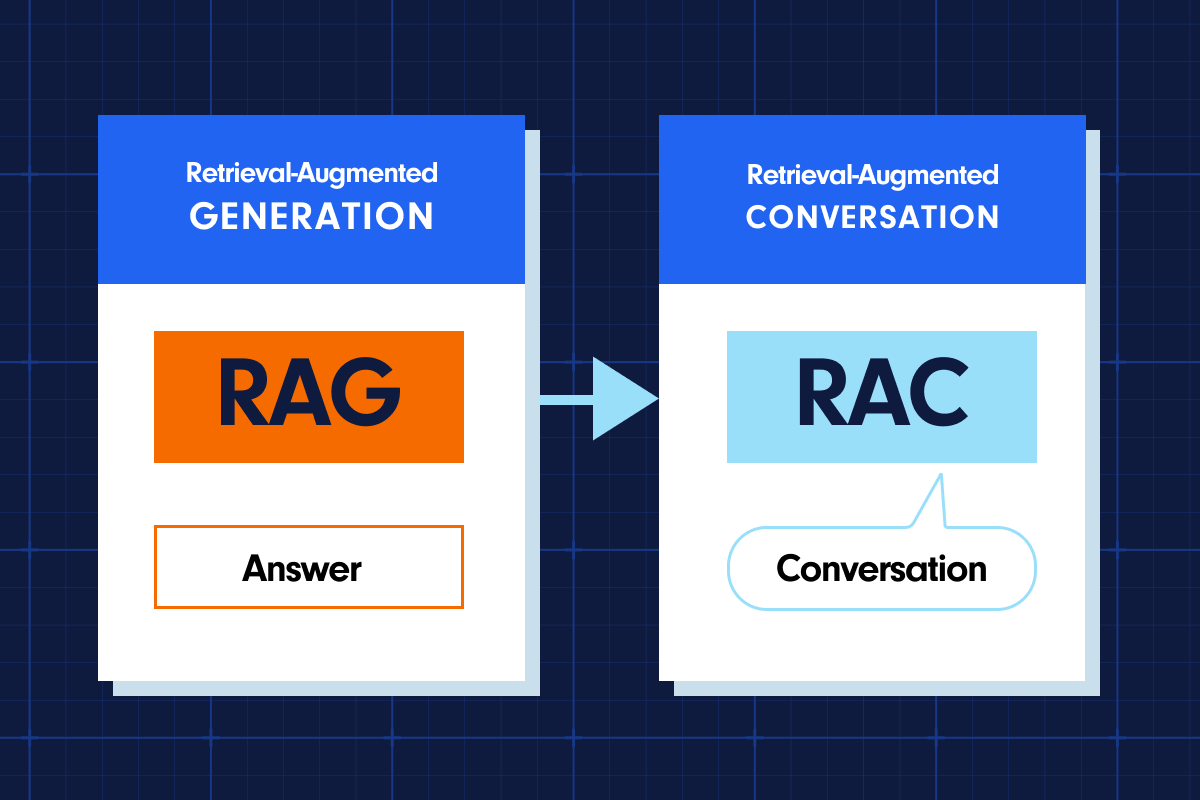Millennials and Gen Z currently account for more than one-third of the workforce, and in the next decade, these two generations are projected to account for 60 percent of working adults. In the service industry, the shift in the workforce has been pronounced. As Baby Boomers retire, the industry is facing a workforce in flux, balancing the demands of attracting the tech-savvy and collaborative demographic, while grappling with a service skills gap for the incoming recruits.
Thankfully, No new math is required to attract and retain Millennials and Gen Z, just a basic understanding of what motivates and inspires the next generation.
3 Ways to Attract, Hire & Retain Millennial & Gen Z Talent
1. Leverage the Latest Technology Across the Entire Organization
From the initial hiring processes to everyday work tools, outdated tech is a big turnoff for the digitally native demographic.
A 2019 Yello survey found that Gen Z has a baseline expectation that employers use up-to-date technology for the application process and that the platforms are mobile-friendly. A quarter (26%) of Gen Z candidates say that a lack of technology during the hiring process would prevent them from accepting a job with the company. Only 15% of Millennials and 13% of Gen X agreed.
When it comes to using technology at work, Millennials and Gen Z want to use (and master) the latest and greatest tools to help them do their jobs more effectively. In a recent webinar with Rodger Smelcer of United Service Technologies, he explained how he’s got one of the youngest service teams in the industry, and technology is key to keeping them engaged.
He details how younger service engineers utilize everything from mobile apps and social media to AI tools to capture findings and share new fixes or hacks with the team. He also notes that junior staff are excited to use the latest technology that helps them crush daily service metrics and foster long-term career advancement.
2. Make Work Collaborative
The tech-savvy workforce has grown accustomed to collaborating in real-time in every aspect of life and brings those preferences to the workplace. While it’s generally assumed the youngest members of the workforce rely exclusively on digital tools, Gen Z, and to a lesser extent, Millennials, prefer to take advantage of all their options, showing a desire for face-to-face interactions, too as a way to stay connected in the workplace. And there’s also a desire for continuous feedback about their contributions at work.
What does that mean for an industry where field engineers are often solo on job sites? Tools that let the workforce feel connected and access the most accurate information and advice from across the organization will drive a sense of personal accomplishment and more successful service outcomes.
“Unlike previous generations, Millennials less often rely on the claimed expertise of a single person, opting to reference all information repositories as well as the team as a whole before carrying out a responsibility,” Worldwide Business Research noted in its Field Service research.
Building collaboration into daily workflows and adopting tech to foster a collective knowledge community is a way to extend the sense of camaraderie in service teams.
3. Promote Continuous Learning
Professional development is a top priority for Millennials and Gen Z. According to a Deloitte survey, when asked why they were dissatisfied with a job or planned to quit a position after less than two years, the top factor was dissatisfaction with pay, the second most important factor was not enough opportunity for advancement, and trailing just behind in third, both groups noted a lack of learning and development opportunities.
These two generations are eager for career advancement, and they aren’t interested in traditional knowledge management style learning — which isn’t effective in today’s service landscape, anyway.
Instead, both groups have shown eagerness for on-the-job mentoring along with digital tools that let them learn-as-they-go and share their findings with colleagues. Capitalizing on this motivated workforce and meeting and exceeding their expectations is key to successfully adapting to these changes.
Want to learn more about how service companies are attracting and upskilling new Millenial and Gen Z hires? Listen to the webinar with United Service Technologies. The team at United Service Technologies is creating the service organization of the future through creative staffing and the adoption of AI technology, including Aquant.







